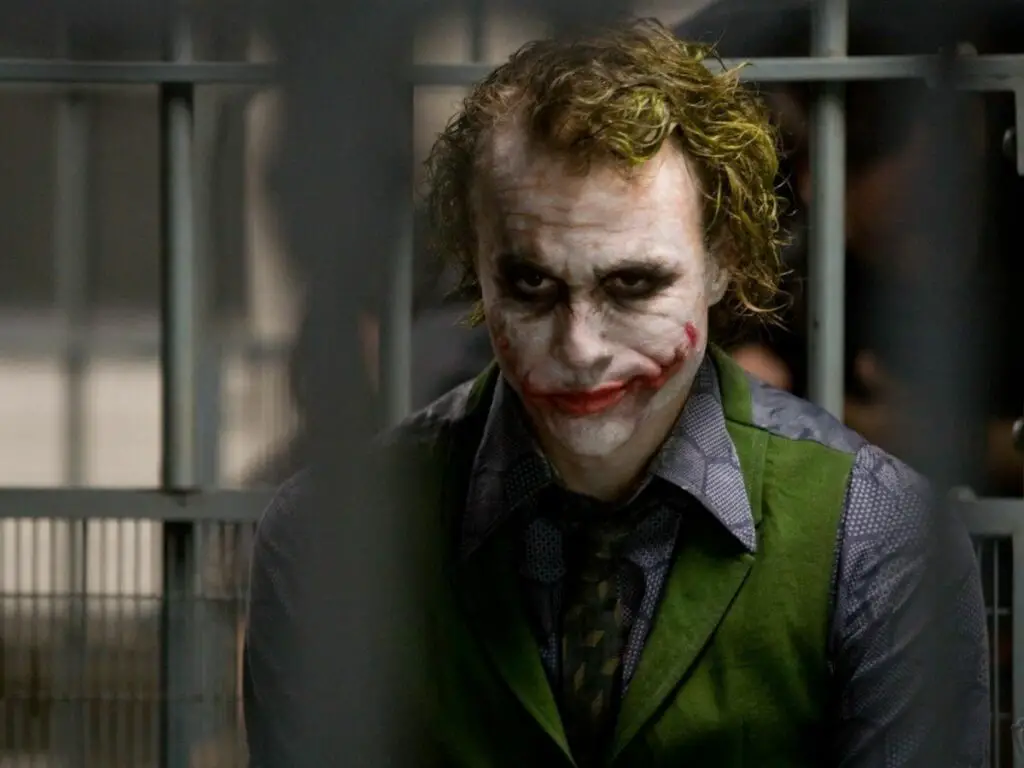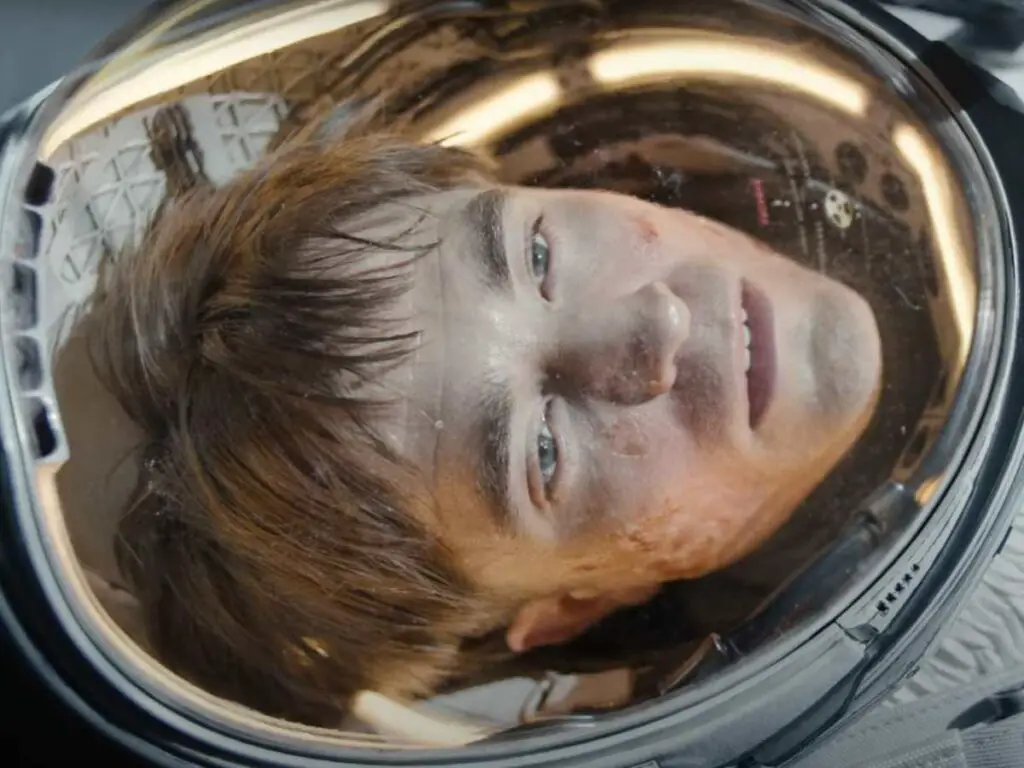One of the core strengths of a medium like cinema is that it can communicate an astounding amount of context just by visual cues. Subtle shifts in lighting, framing, blocking and color can make a world of difference to the final product. Even without dialogue, filmmakers can communicate the tone and intention of a scene and reveal the true nature of characters to the audiences.
This non-verbal communication, composed of stylistic cues and aesthetic formal conventions, is precisely why it is so important to master the visual subtext of filmmaking. These are the tools and methods that help us in maximizing the impact of the story. Placing characters in a way that they play off of each other and framing can massively impact how they are perceived, and it is a useful skill for a filmmaker to have. Let’s take a look at how framing characters can be used to provide the background for their position within the story.
Providing Context Through Framing
One of the foremost things an audience needs to know when they view a still, or a scene from any production is the context that accompanies what they are seeing on the screen. Often, it can be the difference between creating empathetic, well-rounded characters and flat, flimsy ones. The accompanying visual arrangement needs to be such that it immediately makes clear the character’s position within the narrative of the film, before a word of dialogue has been uttered. When it comes to delineating heroes and villains, this is all the more important. The idea is to create an instinctive bond towards the characters in the mind of the audience. So, one of the most basic ways to do this is framing.
WATCH: How To Write Great Dialogue
Framing refers to the way a character is positioned in regards to the other elements in a scene, such that it draws the viewer’s eye and maintains aesthetic appeal. When it comes to delineating heroes and villains in a story, there are certain go-to methods that are commonly used. By incorporating certain classic shots with the background and foreground, one can visually establish characters in a distinct way.
1. Establishing Shots
The first thing the audience sees in respect to the character concerned can be crucial in defining how they continue to perceive their position within the story. This is where an establishing shot can come in handy. It makes use of the background and other elements in the scene to give us an idea of how a character is located within their own fictional universe.
Now, since establishing shots traditionally don’t involve characters, and are only used to give the audience a sense of the setting, we can take some techniques from them. When applied correctly, these techniques can be massively helpful in visually defining characters. The repeated use of wide angle camera work and sweeping tracking shots that display the background can be repurposed to show the character in a heroic light.
For example, let’s consider this shot from Iron Man (2008). While it doesn’t last very long, and only shows the actor walking away with swagger, it crucially establishes the character as a force to be reckoned with. Shot at a slightly low angle that causes the audience to look up to them, and displaying the might of their power in the background helps us to appreciate their centrality in the story.

Filmmakers usually use shot lengths like the wide angle close up, the medium close up or the cowboy shot to amplify a character’s qualities and communicate their inner lives to the audience.
Au contraire, take this scene from The Silence of The Lambs (1991). Hannibal Lecter, one of the most iconic antagonists in the history of film, is introduced to us in a low-lit prison room, and his face is obscured from complete view by the bars of the cell. By using an arrangement that suggests debarment, withholding and mystery, the filmmaker is counting upon visual cues to trigger a negative reaction towards the character.
And it works. This first look massively enhances the fear and anxiety a character like that is supposed to engender. It also gives us a look at the villain from the point of view of the hero, thus creating empathy towards the latter.

Key Takeaways: Displaying the might of heroic characters causes the audience to project sentiments of joy, triumph and righteousness upon them. This can be visually exploited by using camera techniques that show off the character, and paint them in a positive light. This can be especially seen in genres like historical drama, science fiction and superhero, where the content of the film compliments a grand style of visual storytelling.
For villains, utilizing low light, contrast, and a visual arrangement that obscures them from view can be highly beneficial in creating an atmosphere of dread and anticipation.
2. Utilizing Angles
In combination with shot techniques, the angle at which a character is framed is crucial in the kind of response it evokes in an audience. For heroic, good characters, the themes of morality, strength and superiority are amplified by using a low angle shot that causes the audience to look up at them.
When it comes to the reveal of villainous characters, using the dutch tilt is a tried and tested technique that never fails to get the job done. Originally utilized in the German expressionist films during the second World War, they communicated a sense of chaos and deliberate disturbance. Using dutch tilt with the interactions between two opposed characters is a great way to add subtext. It refocuses the nature of their conflict, and also draws attention to the reveal of new information or towards the true nature of characters.
Consider this altercation between the protagonist and the antagonist in Christopher Nolan’s The Dark Knight (2008). As the extent of Joker’s plan and his lunacy is revealed through his and Batman’s questioning, the Dutch tilt used helps viewers appreciate the full force of what is being done. The idea with using unconventional angles, along with varying depths of field and focal length, is to communicate to the viewer that something is a little off. It adds to the mood building of the film and creates an immersive atmosphere.

3. Light, Color and its Connotations
Even if you’ve never heard of color theory (which is unlikely), certain colors in film like red still bring out a particular response. Filmmakers count upon this instinctive reaction on audiences’ part to color code certain characters good or bad. Chances are you are familiar with the use of red to denote evil and violence — think the iconic red lightsaber used by Darth Vader in the Star Wars series.

Similarly, vibrant colors like purple and green are also used to create an atmosphere of anticipation and danger. The famous adage is practically literal: “If it’s purple, someone’s going to die.”


Add striking lighting to this, and it creates distinct, standout visual imagery that audiences will long associate with the character in question. Contrast, uplighting (using a light source to highlight a character’s face from below and add harsh contours) and shadows will create a character that oozes mystery and sinister behavior, while plenty of light with warm, natural tones will help highlight the open-faced, compassionate countenance of heroic characters. A combination of both will also highlight the antihero or conflicted nature of many characters, as modern cinema has increasingly focused on morally gray characters.

Conclusion
Of course, these tips and tricks are in no way set in stone. Visual techniques can always be suited and subverted according to the plot and content of a film to invoke new kinds of reactions. However, these are a well-tested guide into how to make the best of basic methods like lighting and shot composition to create visually arresting characters. Even the smallest of cue changes here will affect the emotional subtext of the scene, and this is a great skill for cinematographers to learn early on.
Which one of these did you find the most useful? Let’s talk in the comments below!




